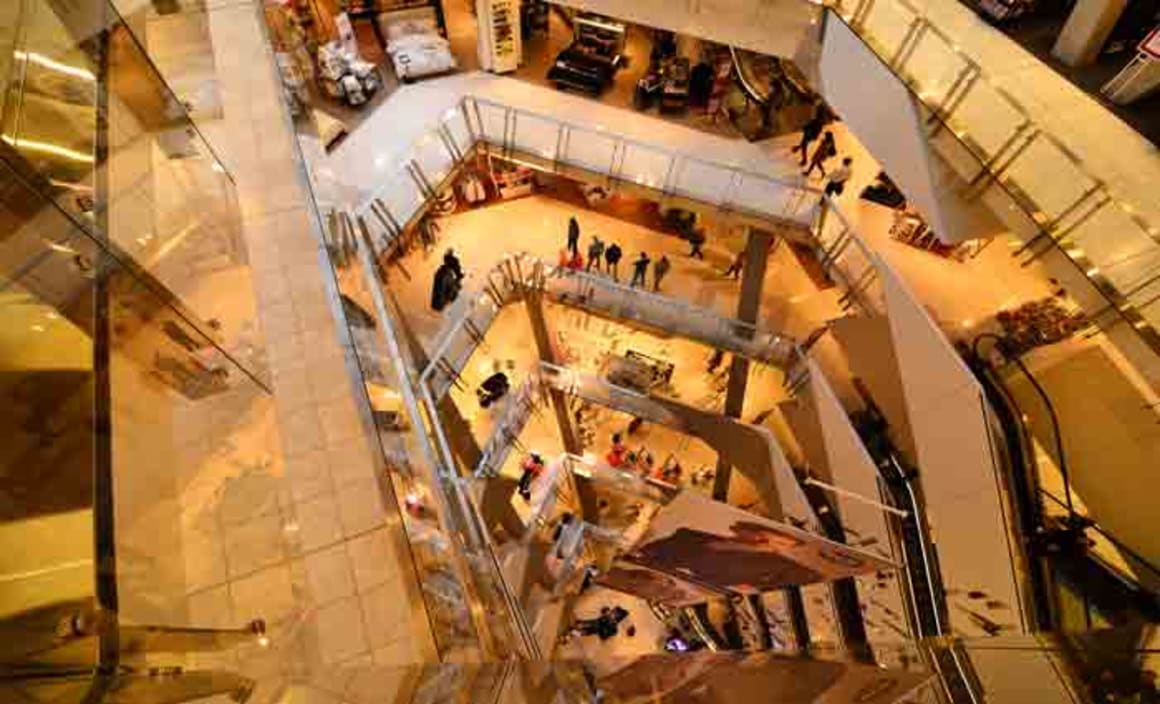Melbourne CBD retail vacancies tighten: Savills

Melbourne CBD core shop vacancies have fallen, a fifth year of decline, and are expected to remain low on the back of more spending, population growth, tourism and the influx of high street global fashion brands.
The CBD core market has just 29 shop vacancies, down from 64 in March 2011 when the vacancy rate reached a post-GFC high of 6 percent, according to Savills Australia’s latest retail research. This marks the fifth consecutive year of declining vacancy despite the addition of several new CBD retail centres.
The vacancy rate also declined over the last 12 months to 2.6 percent from 3.8 percent.
The figures are supported by a growth in retail trade in Victoria of 5.01 percent year on year in January – the national average was 4.26 per cent - a marginal rise in consumer confidence and continued state population growth including CBD residential population and workforce.
Survey author and Savills’ Victorian research manager Monica Mondkar said there were a number of factors at play which would sustain a tight market in the coming years.
"This is a positive result reflecting the growth in retail trade in the CBD which has been driven by a number of new and refurbished retail precincts and the continuation of the influx of high profile global brands," she said.
Those developments have arguably accounted for a significant part of the increase in spending, attracting thousands of new shoppers to the CBD while growth in both the office and residential population, as well as tourism, has also been significant, she added.
"With the resident population alone expected to grow by 14 percent by 2020 we are going to see the vacancy rate remain low over the medium term."
The tenancy mix continued to show a rise in the number of food & beverage and hospitality stores, including supermarkets and liquor stores, as well as services and fashion, with the latter growing due to the attraction of shoppers to international brands.
Savills Victorian director, Retail Services, Michael Di Carlo, said the growth in international fashion brands, which saw its peak about three years ago, had continued at a much slower pace which had to a degree stabilised rents and allowed local retailers greater opportunities.
"The growth of international brands has been the story, and to a degree remains the story, but it is now more about the market having plateaued and that opportunities, which had been in a sense denied to local retailers due partly to landlord’s expectations about rents that international brands would pay, have now opened up," he said.
"That is not to say that the international brands influx is off the boil, indeed there remains significant interest in Melbourne including from the likes of Marks & Spencer and Debenhams, who are still in the hunt for space here.’’
He said while international brands had attracted shoppers from all over Melbourne it had been the increase in CBD and surrounds residential and workforce population that had driven the rise in food & beverage and services retailing.
"This is a demographic change that reflects what you might call a cultural shift with Melburnians, once wedded firmly to the suburban quarter acre block, now showing a definite penchant for inner-city apartments," he aded.
"That’s a development which is here to stay and that will continue to be a key driver in the make-up of CBD retail. At the same time Melbourne remains the fashion capital and is also firmly on the radar with tourist shoppers and those factors will also drive the CBD market for the foreseeable future.’’
The survey found little movement in rents which now range between $1,500 a square metre, for CBD shopping centre space, to circa $11,000 a square metre for prime space on Bourke Street Mall.